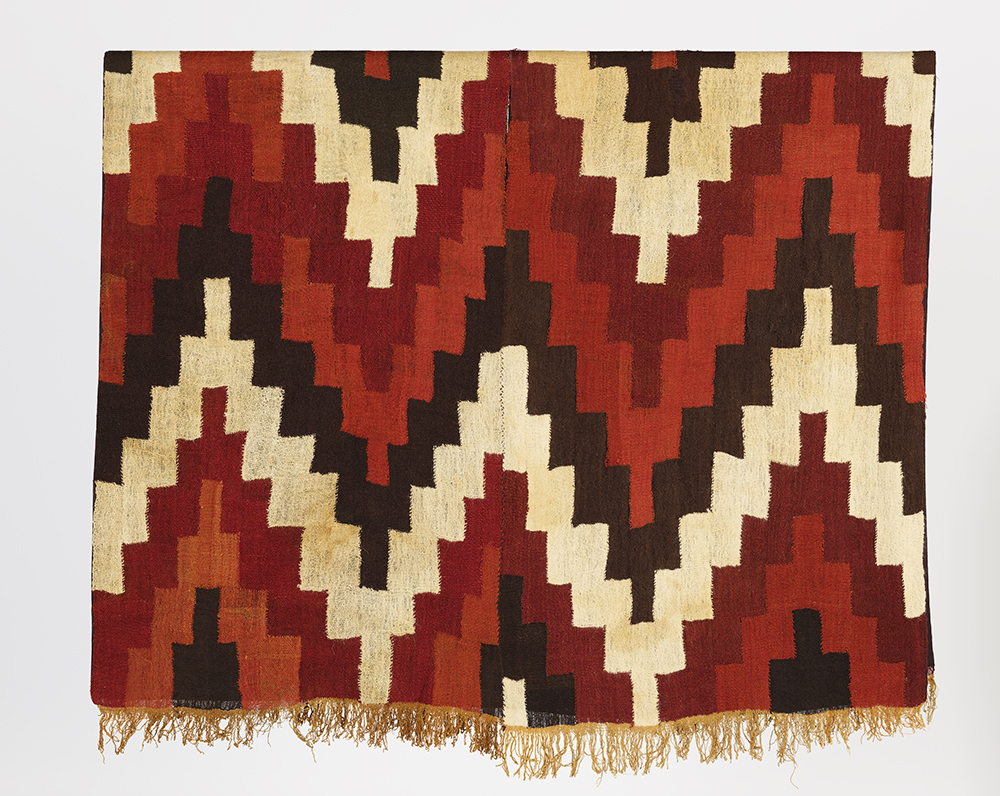
Laura Hendriks helps authenticating a Nazca tunic from the first millennium
30.11.2022 14:12
The Heritage Science Journal has published a paper co-authored by Branco Weiss Fellow Laura Hendriks concerning the authentication of a woven Nazca tunic using dye analysis and radiocarbon (14C) dating.
In 2020, the Indianapolis Museum of Art (IMA) at Newfields (Indianapolis, USA) sought to acquire a Nazca dyed camelid wool tunic dated to the period from 100 BCE to 600 CE. Because of the supple feel and excellent condition of the artifact, concerns were raised internally over its purported age. Museum curators and conservators requested an investigation of the object’s materials.
How old is this woolen tunic?
Typically, dye analysis and radiocarbon dating are performed in parallel on separate samples by different laboratories, requiring at least two samples, one for each analysis. Given the limited access to samples, Hendriks and her co-authors attempted to perform a sequential analysis in which a single fiber could be taken first for dye analysis and then the partially decolorized fiber residue could be passed on for 14C dating. Several fibers were sampled with weights ranging between 0.5 to 2 milligrams, a rather generous sample size for standard dye analysis protocols and each was subsequently radiocarbon dated. In this way, the sampling requirement was halved and the risk of additional damage to the textile was reduced.
The dye analysis identified different dyestuff markers, such as purpurin and pseudopurpurin, suggesting that the red dyed wool fibers were most likely dyed with the common Peruvian dyestuff from Relbunium ssp, whereas the identification of isatin, indigotin, indirubin further indicated the use of an indigo producing plant. The respective 14C results helped provide a temporal context, placing the fibers between 550 and 650 CE. Not only does the radiocarbon dating confirm the purportedly Nazca attribution, but it also provides a more definite origin for the object pointing to the waning years of the Nazca civilization.
The research thus confirmed the claimed information about the location and date of the artifact and gave the curator of the IMA Museum confidence in the authenticity of the textile, which was then purchased and added to the museum’s collection in 2021. Future work on the novel approach will concentrate on efforts to further shrink the required sample size for 14C dating with the hope to push the consumed fiber dimensions to roughly 100 to 500 micrograms.
Read the news in Heritage Science
